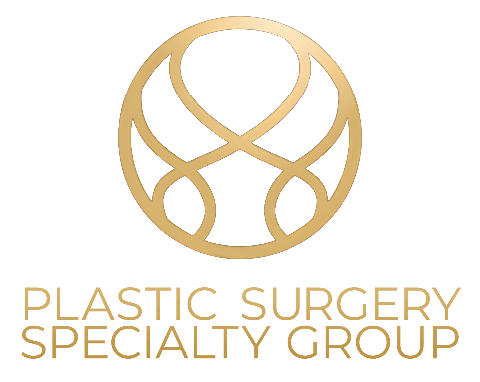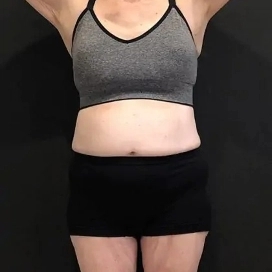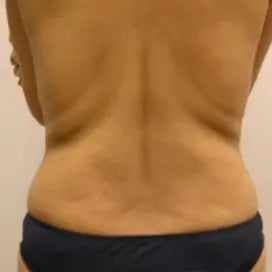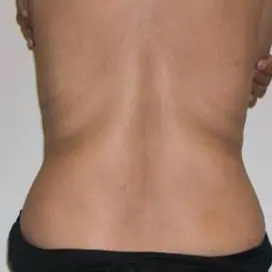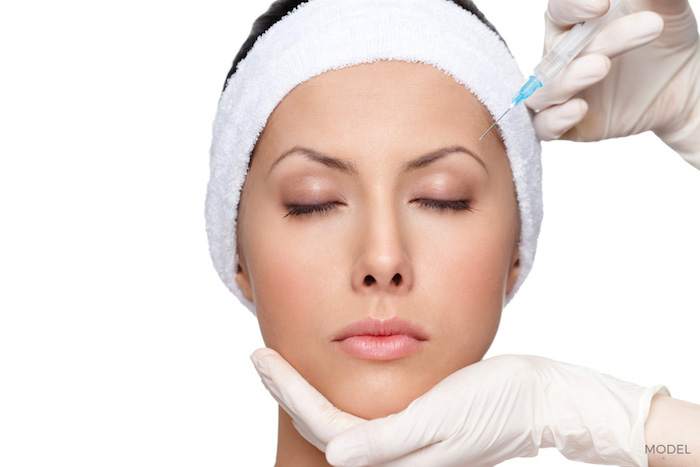Botox is a popular injectable neuromodulator that rejuvenates the appearance without the need for complex surgery. It is a safe and simple treatment, and is a minimally invasive solution to lines and wrinkles. However, it’s important to carefully weigh the benefits and risks before scheduling your injection sessions.
Like any medical procedure, it’s crucial to educate yourself about the treatment, and the possible reactions. Afterall, the only reactions that you’ll want from your Botox treatments are compliments! You just want to get rid of those stubborn lines and wrinkles, and achieve the smooth youthful face that you deserve.
It’s good to note that an allergic or adverse reaction to a Botox treatment is extremely rare.
Botox offers temporary relief from lines, drooping, and wrinkling. However, many people choose to maintain their stunning results with regular injections of Botox. Botox offers visible smoothing and wrinkle reduction in 24 to 48 hours, and the results last up to 4 months. It’s a quick, non-invasive way to get instant results.
Did you know that Botox is the most widely researched and studied treatment of its kind? This treatment has been discussed in over 528 articles of peer-reviewed scientific and medical journals, and has 16 years of published research proving its efficacy. The FDA approved Botox for safety, efficacy, and just as importantly, for patient satisfaction. Since doctors began injecting Botox in 1989, studies have found only a small percentage of adverse reactions. In a specific study that examined injections over 12 years, only 36 cases of adverse reactions were reported.(1)
The chances of having a bad reaction to cosmetic Botox are low. However, the chances that you’ll be delighted with your results are high!
About Botox Cosmetic
Botox injections are usually safe and effective when prepared to FDA standards and administered in proper doses. Plastic Surgery Specialists has a team of award-winning doctors that have decades of experience performing Marin County’s favorite cosmetic injection.
The actual site of the injection is where most patients report common and temporary side effects. After all, Botox is an sub-dermal injection. Injections do pinch, but usually a topical anesthetic is applied to numb the area before your injections.
Unfortunately, even the tiniest needle and the steadiest hand may damage a small blood vessel in your skin, leading to mild bruising. If you normally have bruising after an injection or blood draw, you may prepare yourself for some discoloration and sensitivity at the site of injection.
Botox targets the muscles that contract to cause wrinkles. For this reason, Botox is injected directly into the muscle. This can result in light swelling. Although nowhere near as painful as other injections, your facial muscles may be a little sore after the introduction of this cosmetic, and as the Botox begins to take effect.
Before Botox
Prepare for your Botox treatment to ensure a smooth recovery, and exceptional results
- Tell your doctor if you are pregnant, breastfeeding, or have dairy allergies.
- Stop taking any blood thinning medications 2 weeks prior to receiving Botox injections.
- Do not consume alcohol the day before or after your procedure, as it also has a blood thinning effect.
- Maintain good hydration
- Avoid touching the site of your injections.
After Botox
Side effects from Botox injections are rare. But, if you do experience side effects, they usually don’t last longer than several days and are typically mild.
Over the counter medication will eliminate most symptoms and discomfort. When you commit to taking good care of yourself and using common sense, you’ll soon feel better and able to enjoy the confidence-boosting results of your Botox injections.
If you’re experiencing mild bruising or swelling, here’s some ways you can keep these side effects to a minimum.
- Use pillows to keep your head elevated and reduce swelling
- Apply ice or a cooling pack regularly for 2-3 days following your injections
- Continue to skip taking blood thinners, unless your doctor advises otherwise
- Avoid strenuous activities for 2-3 days after your treatment
- Continue to refrain from enjoying alcoholic beverages
With the right precautions before your injections, and proper rest and self-care afterwards, you’ll soon be ready to celebrate your new youthful look and enjoy the compliments.
Rates of Botox Side Effects
Botox is a type of neuromodulator. Contrary to popular belief, Botox does not “paralyze” the muscles of your face. Neuromodulators temporarily inhibit communication between muscle tissue and nerve cells. As a result, this limits muscle contractions and tension. Muscles simply don’t “get the message” to contract during intense emotions, or during stressful situations. This is the magic of Botox: no laugh lines, crows feet, “bunny nose” or furrowed brows: just smooth, youthful skin. Patients enjoy a composed, even countenance that helps them project control and confidence.
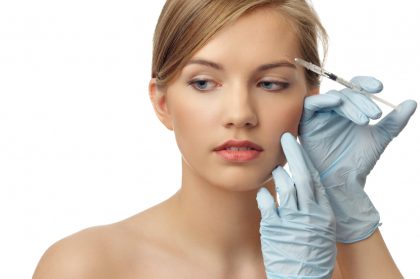
Botox can occasionally migrate to areas around the site of the injection, and affect other muscles as a result. However, only about 5% of patients have reported the experience of ptosis, or sagging in other areas of their face after Botox treatments.
The chances of experiencing an adverse reaction after Botox injections is very low. However, depending on where you’ve had injections can predict what kind of side effect you might experience after Botox treatment.
Allergan, the pharmaceutical company that produces Botox, has compiled average rates of side effects based on the location of the cosmetic injection:
Glabellar lines, or “the elevens” between the eyebrows and above the nose
- Drooping of the upper eyelids, or ptosis: 3%
- Facial pain: 1%
- Muscle weakness: 1%
- partial or slight paralysis of the face: 1%
Forehead lines with glabellar lines
- Headache: 9%
- Brow ptosis, or drooping of the brows: 2%
- Eyelid ptosis, or drooping of the upper eyelids: 2%
Treating Potential Botox Side Effects
Even the intended results of Botox are temporary, so any unintended side effects will be too. On occasion, Botox injections in the upper area of the face may seep into the upper eyelid and temporarily paralyze the muscle that holds the upper eyelid up. When this occurs, simple over the counter treatments can help with the symptoms. For example, Eyelid ptosis or edema is easily treated with soothing, over-the-counter eye drops. You’ll also notice marked improvement as the effects of the Botox wear off.(2) For headaches and facial pain, over the counter painkillers like Tylenol can alleviate discomfort. In any case, be sure to drink plenty of water and get proper rest.
Other Side Effects
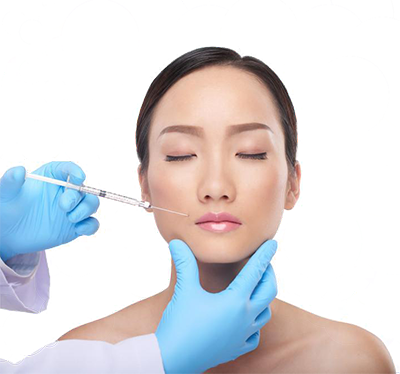
In extremely rare cases, patients have experienced other side effects after Botox. However, they are usually associated with injections in places other than the more common wrinkle locations, and doctors are generally divided in opinion as to whether they are in fact the result of Botox injections, or are instead the result of underlying conditions.
Dry Mouth
Some patients experience dry mouth after Botox injections.
Having dry mouth is much what the name implies. Patients experience an unpleasantly sticky or dry mouth, or a gravelly voice and or hoarse throat. They may also notice unusual, stringy saliva or the inadequate production of saliva. It’s disagreeable to say the least, but dry mouth is easily remedied and usually departs after a few days.
Be sure to hydrate consistently if you’re experiencing dry mouth after your Botox injections. You may also opt for sugar-free lozenges or gum to stimulate saliva production. Using alcohol-free mouthwash, or a mouthwash designed to treat dry mouth, can also improve this side effect.
Trouble Swallowing, or Dysphagia
Dysphagia is another side effect of Botox’s accidental spread into the surrounding muscles. If you’re experiencing dry mouth, you may have trouble swallowing. However, isolated instances of dysphagia can occur 2-10 days after Botox. This is a rare side effect, but like dry mouth, it typically resolves itself.
If you’re having difficulty swallowing after your Botox, be sure to eat and drink gingerly, as you may be at an increased risk of choking. Be sure to chew small bites of food thoroughly, and drink plenty of fluids while eating to ease swallowing. You may choose to stick to soft foods like soups or yogurt and avoid crunchy, crusty food for a while. If you’re having trouble swallowing liquid, try drinking through a straw to ensure that you remain sufficiently hydrated.
Should I talk to my Doctor about my Botox Side Effects?
Always keep in touch with your doctor. The staff at Plastic Surgery Specialists wants to make sure that you have the best possible experience. We put your health and safety first. We appreciate any feedback, and will be able to offer further suggestions to make sure you’re healthy and comfortable. Learning about your side effects will help them tailor your future Botox treatments, and design a regimen that’s best for you. And most importantly, if you feel that these or any other side effects are escalating in intensity, contact your doctor immediately.
References
- Coté TR, Mohan AK, Polder JA, Walton MK, Braun MM. Botulinum toxin type A injections: adverse events reported to the US Food and Drug Administration in therapeutic and cosmetic cases. J Am Acad Dermatol. 2005;53(3):407-415. https://doi.org/10.1016/j.jaad.2005.06.011
- British Association of Aesthetic Plastic Surgeons. (2016). Botox: Botulinum Toxin Injections.Accessed January 20, 2021. https://patient.info/cosmetic-surgery/cosmetic-facial-injections/botox-botulinum-toxin-injections

